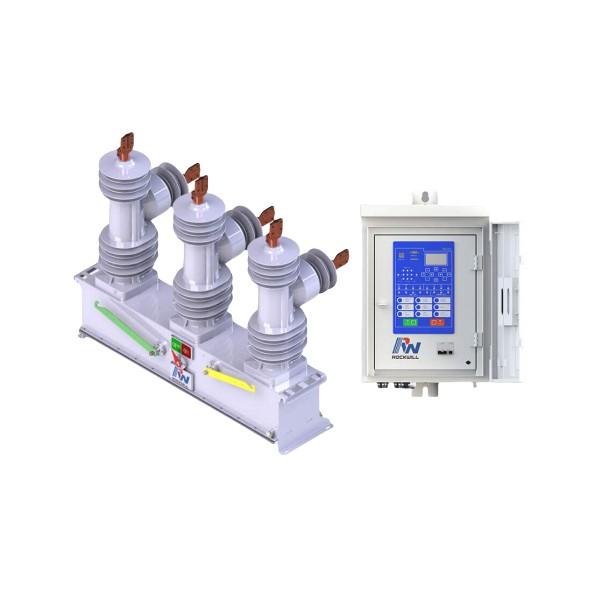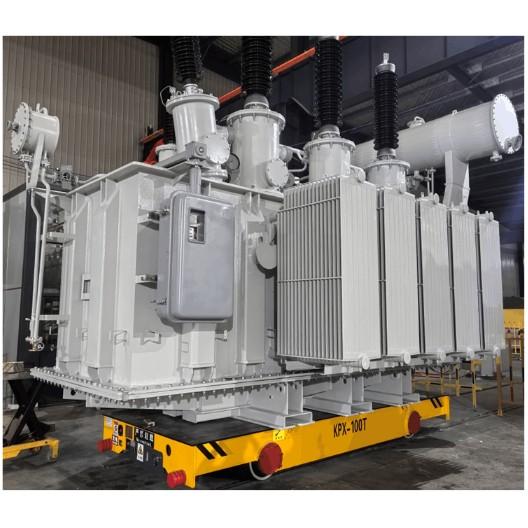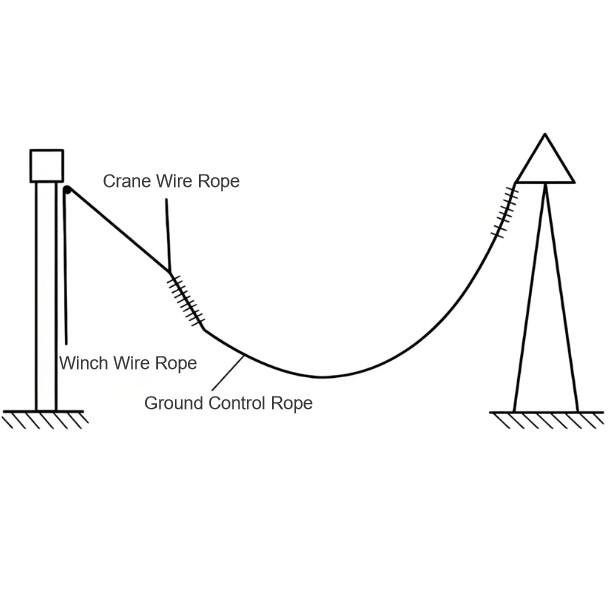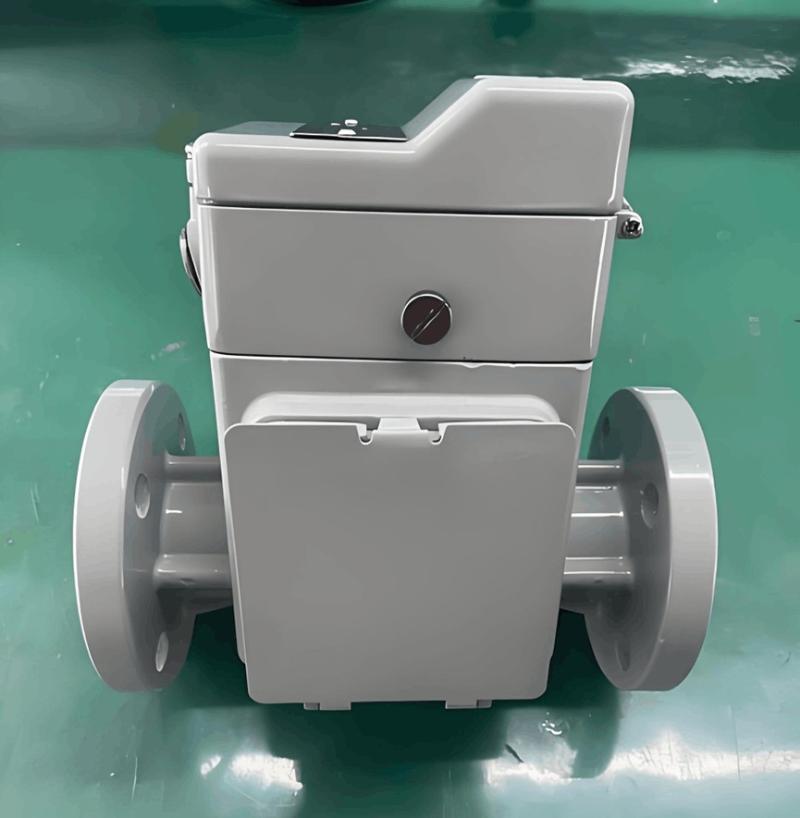Pwede ba ang isang surge arrester nga naa'y nakuha o nabuto nga porcelain housing mahandle?
Ongoing:
Pag-handle sa Nakuha nga Porcelain Housing:
Sa normal nga panahon, ipasabot sa dispatcher aron mohimo og de-escalate ug i-replace ang damaged phase arrester ngadto sa qualified unit. Kon walay spare parts, mahimong gamiton ang paint o epoxy resin sa crack aron mapigkansabo ang pag-ingos sa moisture, ug i-schedule ang replacement sa dili pa matagamtam.
Sa panahon sa thunderstorms, iwasan ang pagkuha sa arrester gikan sa serbisyo kon posible; idefer ang pag-handle hangtud mag-improve ang panahon. Kon flashover ang nahitabo pero walay grounding, ug ang kondisyon naghatag, ang arrester dapat i-take out sa serbisyo.
Pag-handle sa Arrester Explosion:
Kon walay grounding, buksan ang disconnect switches human sa storm, i-take out sa serbisyo ang arrester, ug i-replace.
Unsa ang mga pangunang tungod sa pag-handle sa accident?
Ongoing:
Rapidly control the development of the accident, eliminate the root cause, and remove threats to personal and equipment safety.
Maintain equipment operation by all possible means to ensure normal station power supply and user power delivery.
Promptly restore power to users who have lost supply, especially restoring security power to critical users.
Unsa ang mga steps para makita ang DC ground fault?
Ongoing: Based on analysis and judgment, use the sectionalizing (loop-opening) method in the following sequence: prioritize signal and lighting circuits before control circuits, and outdoor circuits before indoor circuits. Steps include:
Determine whether the ground fault is in the control system or the signaling system.
Inspect signal and lighting circuits.
Inspect control and protection circuits.
Sequence for removing fuses: For positive-ground faults, disconnect (+) first, then (-); when restoring, connect (-) first, then (+).
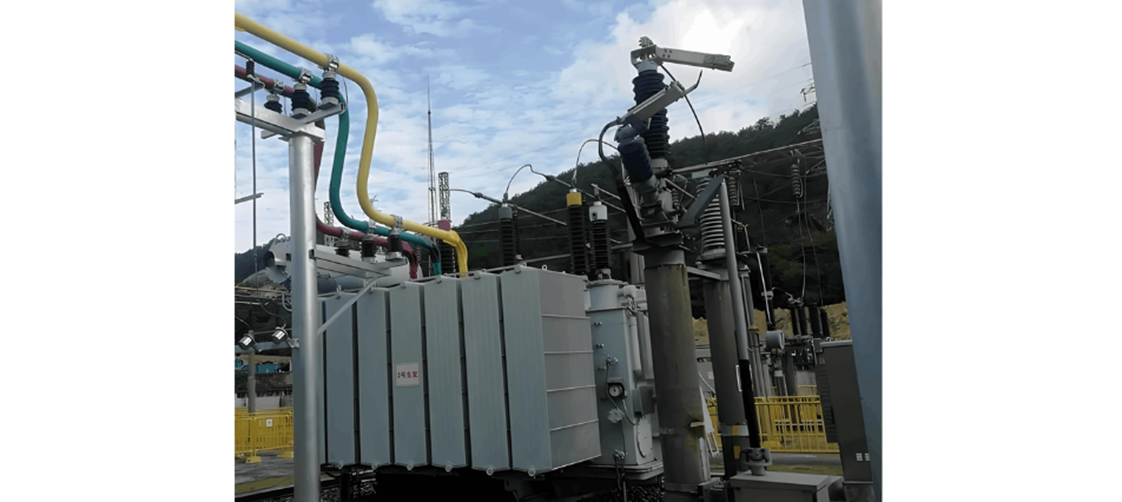
Unsa ang dapat buhaton sa pag-inspect sa transformer human sa trip?
Ongoing:
Based on circuit breaker tripping status, protection operation indicators or signals, event recorder (SCADA system) data, and monitoring device records, determine whether the trip was due to a transformer fault and report to the dispatcher.
Check the load, oil level, oil temperature, and oil color prior to the trip; inspect for oil spraying, smoking, porcelain insulator flashover or rupture, pressure relief valve operation, and presence of gas in the Buchholz relay.
Check whether station power transfer and DC systems are operating normally.
If two main transformers are in service, inspect the cooling system of the other transformer and closely monitor its load.
Analyze the fault recording waveform and the printed report from the microprocessor-based protection system.
Investigate system conditions, such as whether short circuits or other faults occurred inside or outside the protected zone.
If any of the following conditions are found, the trip should be considered due to an internal transformer fault. The transformer should only be re-energized after the fault is eliminated and confirmed resolved through electrical testing, chromatographic analysis, and other targeted tests:
Gas collected from the Buchholz relay is flammable.
Obvious internal fault signs are present, such as tank deformation, severe oil spraying, or abnormal oil level.
Clear flashover marks, damage, or breakage are evident on the bushings.
Two or more protection devices (e.g., differential, Buchholz, pressure) have operated.
Sa 10kV single-bus system nga naa'y single-phase ground fault, kon ang grounding indication nagpatuloy human sa sequential testing ug de-energizing each line, unsa ang mga rason?
Ongoing:
Unsa ang general principles sa pag-handle sa accident?
Ongoing: When a power system accident occurs, operating personnel should handle the incident under the unified command of the on-duty dispatcher and adhere to the following principles:
Strictly comply with the "Electric Power Safety Work Regulations," dispatching regulations, site operating procedures, and relevant safety regulations; follow dispatch instructions.
If no threat to personal or equipment safety exists, make every effort to maintain equipment operation; generally, equipment should not be easily shut down. If a threat to safety exists, make every effort to eliminate it. If personal and equipment safety is severely threatened, immediately stop the equipment.
During accident handling, start backup equipment and take necessary measures to safely isolate unaffected equipment, ensuring their normal operation and preventing the accident from spreading.
Prioritize maintaining safe operation and normal power supply of station service power. When system or equipment accidents cause a station power outage, handle and restore station power first to ensure its supply.
During accident handling, use the current operating mode, weather, work status, relay protection and automatic device actions, alarm signals, event printing, meter indications, and equipment status to promptly determine the nature and scope of the accident.
Restore power supply to de-energized users as soon as possible, especially security power for critical users.
If equipment damage cannot be handled independently, immediately report to superiors. Before maintenance personnel arrive, implement safety measures.
During accident handling, maintain contact with the dispatcher and proactively report the progress of handling.
Record the accident handling process in detail, and according to requirements, log it in the operation log, accident/obstacle, and circuit breaker trip records. The shift supervisor should organize experienced operators to prepare an on-site accident handling report.
Before the cause of the accident is identified and further tests or inspections by maintenance personnel are needed, operating personnel must not reset the relay protection trip indicators to allow professionals to further analyze the incident.
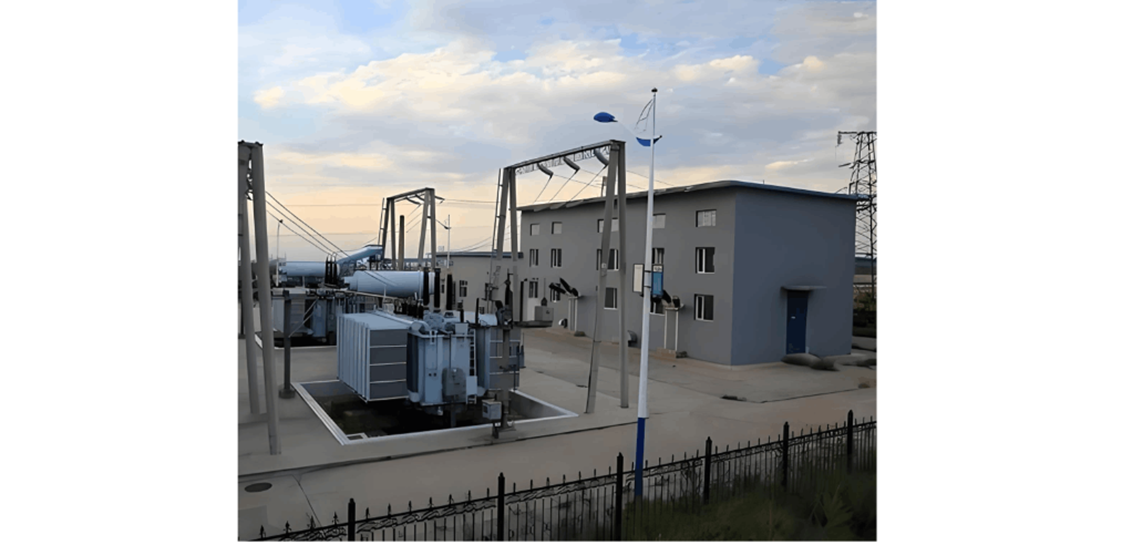
Unsa ang dapat i-observe sa panahon sa capacitor operation?
Ongoing:
Operating voltage should not exceed 10% of the rated voltage; unbalanced current should not exceed 5% of the rated current.
Immediately stop operation if the casing expands, severe oil leakage, internal noise, or external sparks are detected.
The temperature in the capacitor room should not exceed 40°C.
Do not force-energize after protection operation.
Capacitors must be fully discharged before closing.
The casing grounding must be good; inspect the discharge circuit and discharge resistors monthly to ensure they are intact.
Unsa ang dapat buhaton sa complete failure sa transformer coolers?
Ongoing: In large transformers, a complete cooler failure often leads to transformer tripping or forced load reduction. This is usually caused by failure of the cooler power supply or the automatic switching circuit, triggering a "Cooler Failure" alarm. If the cooler system is not restored within 20 minutes, or if the oil temperature exceeds the trip setpoint (varies by manufacturer), the transformer will automatically trip.
Symptoms of failure:
Oil temperature rises rapidly, with a noticeable change in the transformer temperature curve.
The indicator light for fan operation goes out.
Some failures are accompanied by signals such as "Power Supply Lost" or "Cooler Fault."
Inspection:
Check if the power indicator in the cooler control box is off, to determine if the power supply has failed or malfunctioned.
Verify the position of each small circuit breaker in the control box to determine if a thermal relay has operated.
Check for abnormalities in the cable heads to determine if a thermal relay has operated.
Check if the power fuse for the cooler in the station distribution room is blown or if the cable head is burned or broken.
Check if the position of the automatic transfer switch for the standby power supply is normal, to determine if the standby power has successfully switched.
Handling:
Promptly report to dispatch and closely monitor the transformer's top oil temperature.
If both power sources are lost or faulty, immediately attempt to restore power.
If one power source is lost or faulty and the standby power fails to auto-transfer, check if the standby power is normal. If so, manually close the standby power switch on site.
When a cable head burnout causes cooler shutdown, directly open the faulty power switch in the station distribution room. If the standby power fails to auto-transfer, manually close the standby power switch on site.
If the main power switch trips and the standby power fails to auto-transfer, manually close the standby power switch. If it trips again, this indicates an obvious fault in the common control circuit. Emergency measures (e.g., closing an emergency power switch or temporarily connecting a power line to bypass the faulty section) should be taken.
If a control circuit small switch trips, it may be tested once. If it trips again, this indicates an obvious fault in the control circuit; handle as described above.
If the automatic transfer circuit for the standby power or the power input control circuit is faulty, switch to manual control to engage the standby power or directly manually close the power switch.
If the fault cannot be resolved quickly and the cooler cannot be restored before the transformer trips, prepare to engage the standby transformer or transfer the load.
If the cooler failure duration approaches the specified limit (20 minutes), and there is no standby transformer or the standby cannot carry the full load, and the top oil temperature has not reached 75°C (for transformers with complete cooler failure), the trip circuit link may be temporarily removed with dispatch approval to continue troubleshooting and restore cooler operation, while closely monitoring the oil temperature. For trip circuits with a temperature interlock (75°C) contact, the trip link must not be removed. If the top oil temperature rises to 75°C, or if it remains below 75°C but the cooler failure has lasted one hour without resolution, engage the standby transformer, transfer the load, and take the faulty transformer out of service.
Unsa ang dapat buhaton sa tripped capacitor circuit breaker?
Ongoing: After a capacitor circuit breaker trips, forced re-energizing is not allowed. The operator must check the protection operation status and sequentially inspect the circuit breaker, current transformer, power cable, and capacitors for explosion, severe overheating, bulging, oil spraying, melted connections, or bushing discharge marks. If none of these conditions are found, the trip may have been caused by bus voltage fluctuations. After inspection, power may be restored. Otherwise, a comprehensive power-on test of the protection system and a characteristic test of the current transformer should be performed. If the cause still cannot be identified, the capacitor bank must be disassembled and each capacitor tested individually. Power must not be restored until the cause is identified.
Unsa ang dapat buhaton sa circuit breaker nga naa'y trip lockout?
Ongoing: First, check the cause of the trip lockout, then proceed with handling.
Causes of trip lockout:
Handling methods:
If caused by loss of oil pump motor power, check the three-phase AC power supply with a multimeter, reset the thermal relay, and allow the motor to pressurize to normal. If the motor is burned out or there is a mechanism issue, notify maintenance personnel.
If the spring mechanism is not charged, check if its power supply is intact. If it is a mechanism issue, notify maintenance personnel.
If the arc-quenching medium pressure drops to the close lockout value, disconnect the circuit breaker trip power supply and notify maintenance personnel to refill the medium.
If the mechanism pressure drops to trip lockout and cannot be restored after inspection, handle as follows:
Disconnect the trip power supply miniature circuit breaker or remove the trip power fuse.
Deactivate single-phase reclosing.
Remove the oil pump power fuse or disconnect the oil pump power miniature circuit breaker (using hydraulic mechanism as an example).
For a 220kV circuit breaker fault, use a bypass circuit breaker to carry the load (note: after paralleling the two circuit breakers, disconnect the bypass circuit breaker's trip power supply, open the isolating switches on both sides of the faulty circuit breaker, and after operation, reconnect the bypass trip power miniature circuit breaker).
For a 220kV system without a bypass circuit breaker, change the operating mode and use the bus tie circuit breaker to carry the faulty circuit breaker.
For a faulty circuit breaker in a 3/2 connection bus operating in a ring network, isolate it using isolating switches on both sides.
For a bus tie circuit breaker, close the bus isolating switches on both sides of a certain element, then open the isolating switches on both sides of the bus tie circuit breaker.
If a control circuit fault exists, focus on checking the trip coil, phase-operated control box relay, and circuit breaker control handle. After identifying the fault, notify maintenance personnel.
If auxiliary contacts of the circuit breaker have poor contact, notify maintenance personnel.
If the "Remote-Local" selector switch is in the "Local" position, move it to the correct position. If auxiliary contacts have poor contact, notify maintenance personnel.
If the trip power supply is abnormal or not engaged, restore it as soon as possible.












